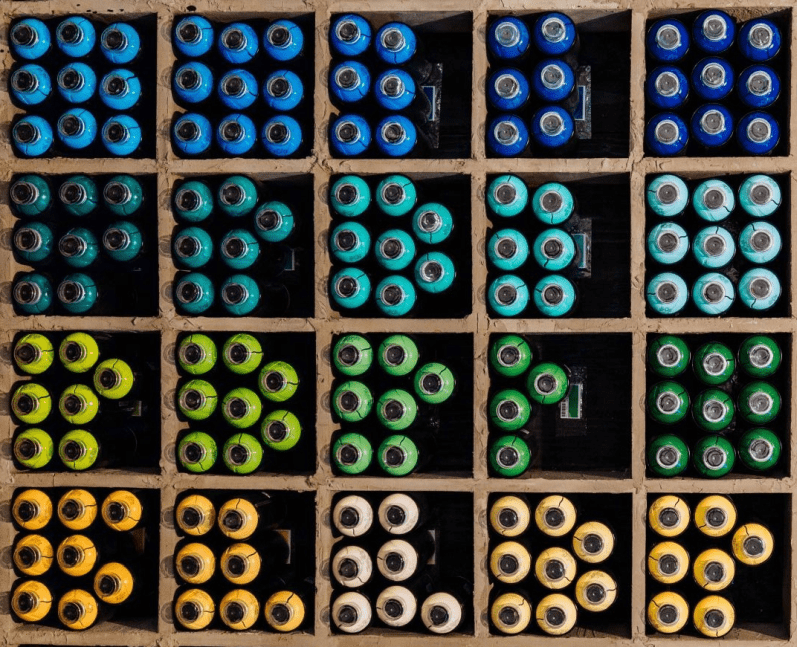

This is how I got to love the Kano model
I recently led a week-long project with a client to help decide on a shortlist of pilot features for a customer portal. The client is an international manufacturer of agricultural products. The client’s customers are its distributors and dealers.
Any customer portal that is not being used is a worthless portal, so we needed the customer voice. We first interviewed several of our client’s customers and at the end of the project, we conducted a Kano survey and analysis with the same customers.
The feature list we started out with was a compilation of:
- Internal value creators (“if only the customer would want to do this for us”), e.g. sharing a sales forecast;
- Internal assumptions (“we think customers will find this valuable”), e.g. full end-to-end online ordering of products;
- Interview analysis (“from what the customer has told us, we believe this feature would attract him to the portal”), e.g. being able to calculate the weight of a shipment. (Remember, we’re talking about distributors here).
Together with the client, we pared the list down to 23 features. We then went back to the client’s customers for a phone-based Kano survey with this list.
Kano survey results
The Kano survey informed the final roadmap for the customer portal pilot. The survey’s results were surprising (in a good way).
Although for reasons of confidentiality I can’t describe the exact features we surveyed with, I can say we learned that:
- Customers aren’t afraid at all to share their internal company information. In fact, the feature turned out to be an Attractor;
- We also found a divisive feature. That means that the feature sollicited contrasting answers; likes as well as dislikes. (Technically, the standard deviation of the answers was too high). These kinds of features point to a segmented customer base. And indeed: larger distributors did not like the feature because it cut into their business models;
- Ordering products online was a big “meh” (an Indifferent). Customers said they’d still be using their phones to finalize their orders, as they wanted their sales rep to validate it. In other words, customers wanted the responsibility over the correctness of the order to remain with our client’s sales reps. The ability to assemble an order online was a Performance quality for the customers, but doing the full ordering online was not.
The Kano model has saved my client a lot of money
Doing the final feedback and validation with the client’s customers using the Kano model has really helped the client get closer to its customers, saved it from making the wrong decisions and from spending money unwisely.
First of all, our client’s customers are much more willing to engage with them. The sales reps at our client were delighted to learn that customers were willing to share much more about their business than initially presumed.
Secondly, we detected that an important customer segment (large distributors) would be very unhappy with certain features (meaning they might walk out on them!).
Third, we also learned that the initial assumption for the portal -- that we should foresee in a complete, end-to-end ordering process -- was not very valuable to our client’s customers at all. Not having to build the end-to-end ordering processes is an enormous cost-saver.
So happy it started itching
I was so happy with the insights that I immediately integrated Kano in other projects.
I noticed I spent quite some time in Excel to analyse the data though. So I whipped up a simple web app to analyse Kano surveys and turn them into reports.
The web app scratched my itch, so I thought I’d share it with anyone who’s into designing and building products or services and who might experience a similar itch. And that's what you'll find here on this site. It’s quite basic for now, so let me know at [email protected] or @kanochart how I can improve it for you.
But more importantly, use the Kano model to talk to and understand your customers. It only takes a bit of time, but the potential return is huge. ✨